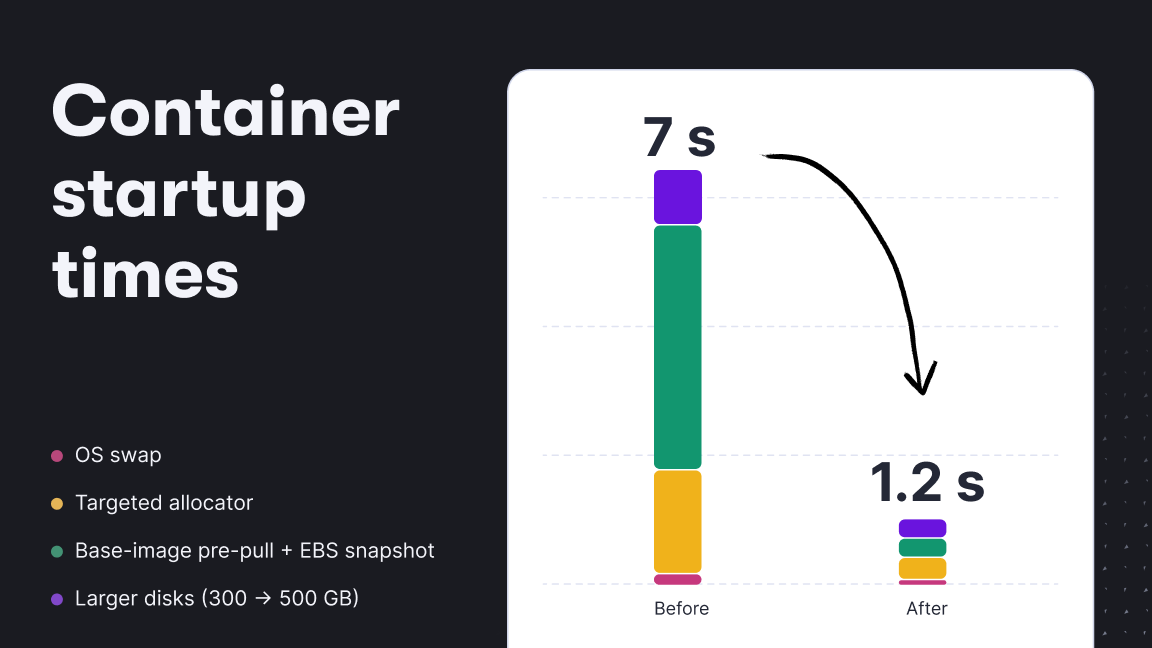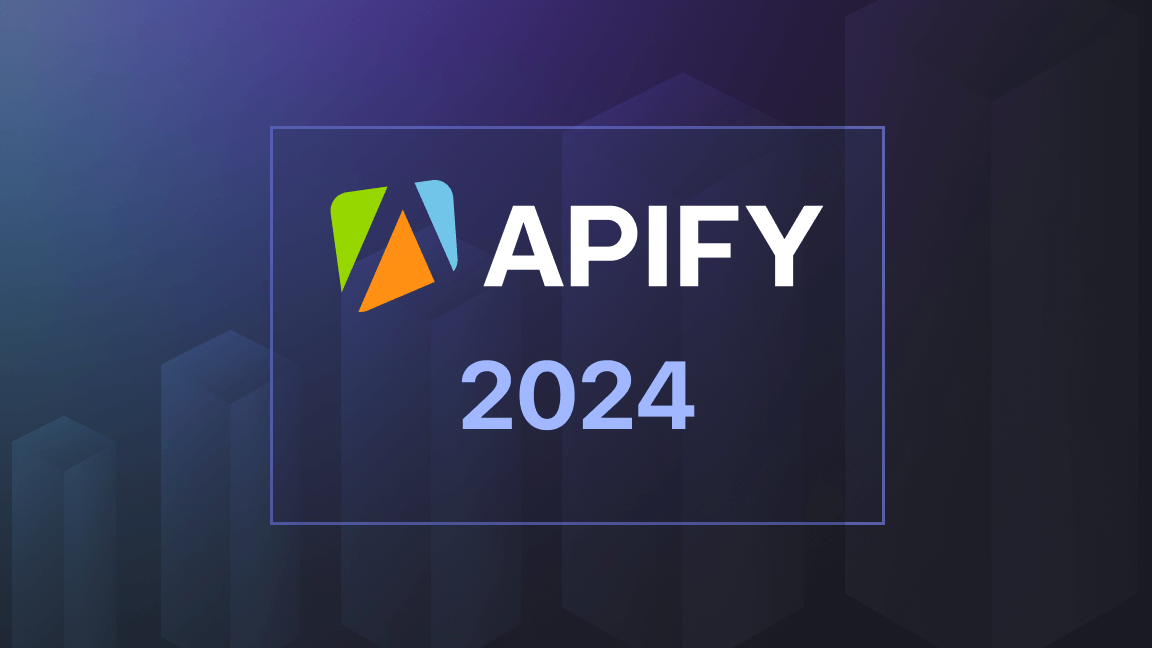Bringing a new product to the market is demanding - both technically and financially. After committing to building an app or a platform, business owners need to recognize the challenges they are up against and look for ways to mitigate them.
In this post, we will take a look at the main roadblocks that product development teams are facing and go over actionable tips that’ll help business owners and software developers quickly develop high-quality products.
5 Challenges Slowing Down Tech Workflows
If you are wondering whether your tech team is working to its fullest, chances are, they might not be. Whether you are hiring programmers in-house, building apps on your own, or outsourcing product development, here are the challenges you will need to learn how to streamline along the way.
- No planning and strategy. Building a tech product goes beyond software development and designing the interface. A lot of work is poured into validating the idea before you write a single line of code - under tight schedules, teams tend to ignore this. In the future, missing out on product validation puts the team at risk of struggling to acquire users or being burdened with maintaining a non-feasible product.
- Talent shortage. Cut-throat competition puts team leaders and developers in a tight spot: they need to build products both faster and better than anyone else. To make this happen, business owners have to hire skilled tech developers - they are not easy to recruit and expensive to retain (statistically, a software developer in the US makes over $107,000/yr). As a result, team leaders need to look for ways to automate workflows and make sure no one on the team wastes their time on redundant, repetitive work. In this context, understanding how to hire a software developer becomes paramount.
- Lack of alignment. Another issue that sets developers back is struggling to understand what expectations managers have for the final build. It’s common for coders to work “in a bubble”, without understanding the scope of the project and knowing how each feature meets the needs of end users.
- Poor internal communication. Building a product is a team sport. Other than the tech team, marketers, designers, and business developers come together to bring the project to market. The lack of understanding and well-defined communication workflows between everyone involved in the process will slow your team down and lead to accumulated errors and tech debt.
- No best practices. Last but not least, few tech teams take documentation and guidelines seriously. Project managers mistakenly assume that developers use the same naming conventions and coding practices. As a result, when new teammates join the project, they will have no idea what standards the engineering team adheres to and will struggle to make their way through the codebase.
5 Tips For Streamlining Tech Workflows
To help project managers, team leaders, and business owners avoid the challenges listed above, here are some actionable tips you can use to speed up product development and reduce operating costs.
#1. Ideation and concept validation
Cross-checking the validity of a product idea is a stepping stone of successful product development. Before engineers step in, business owners need to make sure there’s a viable niche for the platform they want to create.
Here are some strategies to deploy to help clients test product ideas:
- Use idea management tools to have a centralized hub for all suggestions. These platforms help teams collect opinions and share feedback with intuitive white boards, mind-map creation, built-in messaging, and other convenient features. By investing in brainstorming or ideation tools, you will make sure no one’s valuable suggestions are ignored.
- Choose and stick to an ideation method. There are lots of ways to do this, but one method is to use SCAMPER. This kind of playful way of thinking outside the box can help steer team leaders’ creativity in a clear direction.
Evaluate your ideas against a fixed set of criteria. We recommend building up an evaluation matrix to clearly compare concepts by budget, time-to-market, technical complexity, maintenance challenges, and other relevant requirements. Scalability is a huge benefit of evaluation matrices as they allow to screen through ideas in hours.
#2. Building and testing a minimum viable product
Before you commit to product development, make sure to test the concept, interface, and key features against a focus group. By deploying and testing an MVP, you will know with confidence that there’s a market for your innovation and get hundreds of valuable UX suggestions from test users.
To cut the costs of MVP development and make the most of user testing, give these tips a try:
- Don’t strive to make it perfect. MVPs are basic by design - there’s no need to overload it with redundant features. You should include only the key functionality wrapped in a simple, yet usable interface.
- Make it functional. A lot of engineers misinterpret the simplicity behind MVP as granting permission to leave out vital features. However, the goal behind building a minimum viable product is to mirror the final project as closely as possible. To put it simply, if you are building a car, an MVP is a skateboard (has wheels, gets a user from A to B), not one (even if fully functional and with a sleek design) wheel.
- Process the feedback. Gathering user data is the reason why we build MVPs in the first place. Not paying close attention to the way users interact with the product is a missed opportunity for development teams. By using big data and intelligence tools to collect and integrate test data into a bigger picture, you will eliminate guesswork from future decision-making and have a data-driven backbone for all stages of product development.
#3. Development and design
After you define business goals and are set on the features that will help you hit these objectives, it’s time to turn plans into reality.
Development and design are key processes in building a new product - as a result, CTOs and developers can feel overwhelmed and pressured by responsibility. Involve all these processes in your business and use team communication software to monitor all processes effectively.
To make sure the entire team understands what they're building and avoid confusion, we heavily rely on efficient internal communication and workflow automation. Here’s how our team streamlines project development:
- Look at the root of process breakdowns. Bottlenecks are a part of all project workflows - the difference between skilled and amateur teams is in knowing how to derive conclusions from them. While inefficient developers focus on solving issues at hand, growth-oriented coders look at the root cause of the issue (e.g. the need to strengthen security, poorly assembled tech stack, etc.). This way, you go one step further than eradicating bottlenecks - you ensure they never happen again.
- Build and use component libraries. Writing all applications from scratch will slow you down - try to reuse the codebase as much as possible. Starting a code library is a good way to avoid redundant effort and a powerful way to make sure everyone across the team uses a shared set of best practices. Downloading a code library is also an option.
- Limit yourself to a few platforms. It’s tempting to build a product that is available everywhere. However, for early-stage teams, a desire to fit in every opening is a trap. Instead of scattering your effort across web, desktop, iOS, Android, etc., narrow the list down to 2-3 platforms popular among prospective users. By setting a clear focus, you will cut development costs, as well as time to market. Moreover, aligning your launch with the Apple fiscal calendar can help you take advantage of strategic release windows and maximize visibility during key sales periods.
#4. Testing
When you want to ship new products and features faster, spending too much time on QA is frustrating. While ditching testing altogether is not a viable option, you should look for ways to speed up QA processes and cut the number of testers involved.
Here’s how our QA team does it:
- Keep test suites small. We do this for several reasons: for one, it’s easy to run modular tests in parallel since activities are not connected. Also, smaller test suites are reusable, allowing QA testers to adapt them whenever testing a new feature.
- Integrate QA and development. Testers should be in sync with the development team, using the same tools and project management methodologies. This way, two teams can communicate freely and fit each other’s fast-paced schedules. Moreover, utilizing professional services ERP can further streamline collaboration by providing real-time insights into project statuses and resource allocation.
- Define quality measurement metrics. Tracking the wrong metrics can send the entire QA strategy down the drain. To make sure you focus on the right benchmarks and celebrate meaningful milestones, use metrics that offer the widest view of product performance (speed, impact, and coverage are a few starting-point suggestions).
#5. Release and maintenance
When the product is out, the development team should stay involved. Failing to react to security threats and bugs puts business owners at risks of non-compliance or struggling to reach users.
Here are some strategies you can adopt for your maintenance workflows.
- Prioritize issues. At all times, you should keep in mind that not all technical bottlenecks are equally impactful. Make sure the team is not letting major issues slip through the cracks by focusing on third-tier errors by developing prioritization guidelines. It’s a good idea to use tools like Bugzilla to track the impact of each ticket.
- Collect real-time data updates. Using outdated information when fixing issues slows development teams down. Because they don’t have a stream of real-time updates, coders can focus on dealing with issues that aren’t relevant anymore (e.g. a queue that used to load slowly three hours ago but no longer does).
- Keep the focus on end-users. These days, user experience is fundamental in increasing product revenue and building up traction. Stay on the foreground of customer needs by rolling out frequent updates. Similarly, be proactive in notifying app users about technical inconveniences like system downtime.
Conclusion
Building a tech product is a rewarding but responsible decision. You will need to make a lot of tough calls along the way and collaborate with others to build a high-quality product.
To make sure your team works like a well-oiled machine, look for ways to streamline product development. By using automation tools and reusable code libraries, carefully processing the data you get after MVP and QA testing, and setting the bar for coding practices, team leaders will be able to align expectations across all teams involved and build top-tier platforms.
Apify Store has a range of useful ready-made tools to help you streamline design, development, testing, and maintenance. If you can’t find the web scraping or test automation companies you need, the Apify team can work with you to create a custom solution at any scale.







